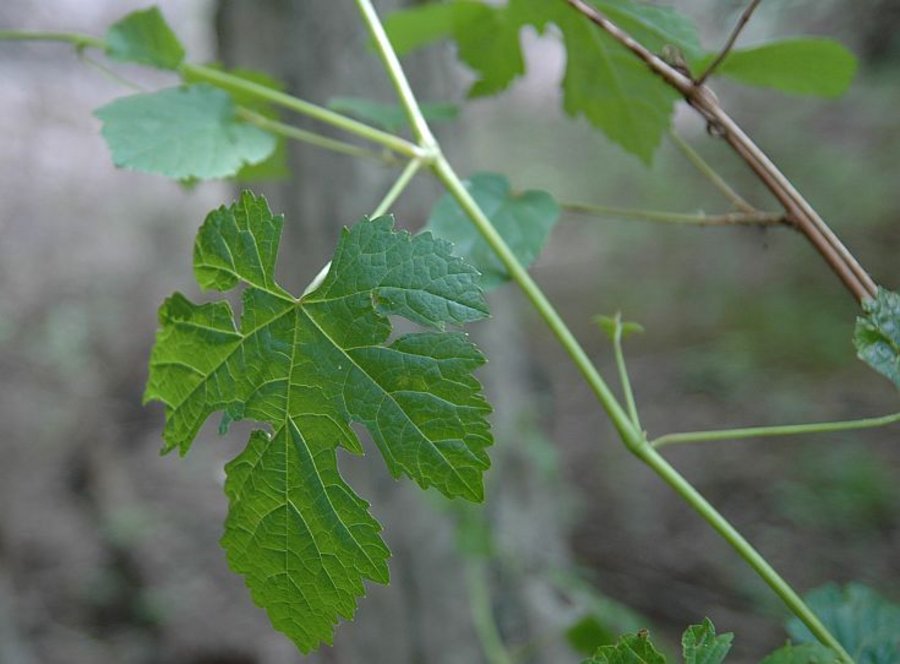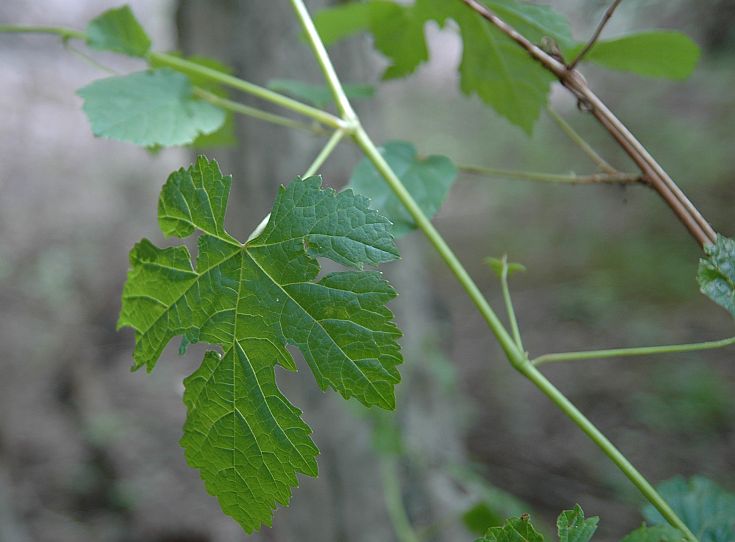With the help of the so-called descriptor list ("Descriptors for Crop Wild Relatives conserved under in situ conditions (CWRI v.1)"), the existing gap of data availability and data coherence on CWR is finally filled. Its development was funded by the German Federal Ministry of Food and Agriculture.
Many wild plants are relatives of our current crops or potentially useful in food and agriculture and are a major source of genetic diversity. This genetic diversity is tremendously important, not only for agriculture, but also for other fields, such as medicine, which is why it needs to be permanently protected. Adequate documentation of these plants is therefore essential for a number of users, such as breeders, who use the genetic material to breed higher-yielding, pest- and disease-resistant varieties. Conservation is accomplished best when viable populations are protected in their natural habitats (in situ) to continue to adapt to changing environmental conditions. Additional conservation occurs in gene banks (ex-situ) that for capacity reasons alone cannot store all potentially useful plant species for the future.
Promotion of information exchange
Based on the documentation of wild species, statements can be made about their endangerment status, and protection areas can be determined. Especially since plant populations cannot be separated by national borders, it is of particular importance to promote a worldwide exchange of information. The adoption of the agreed descriptors and the resulting standardization of information will ensure this global exchange of information and thus promote the effective conservation and sustainable use of plant genetic resources. The data provide answers to questions such as: Which species is it? Where was it found? Is the plant located in a nature reserve?
Researchers documenting in situ populations or digitizing existing data can use the list to share information with the inventories, platforms, and global databases of other institutions that use the same 25 descriptors for documentation. To facilitate digital transfer of information to databases, the list includes a brief explanation of each descriptor and an associated coding scheme (e.g., site status: wilderness 10, managed site 20, disturbed site 60). Widespread adoption and use of the descriptor list will further promote the use of available information for research and development.
Find the list of descriptors here
More information on the project can be found on the website of the International Treaty


